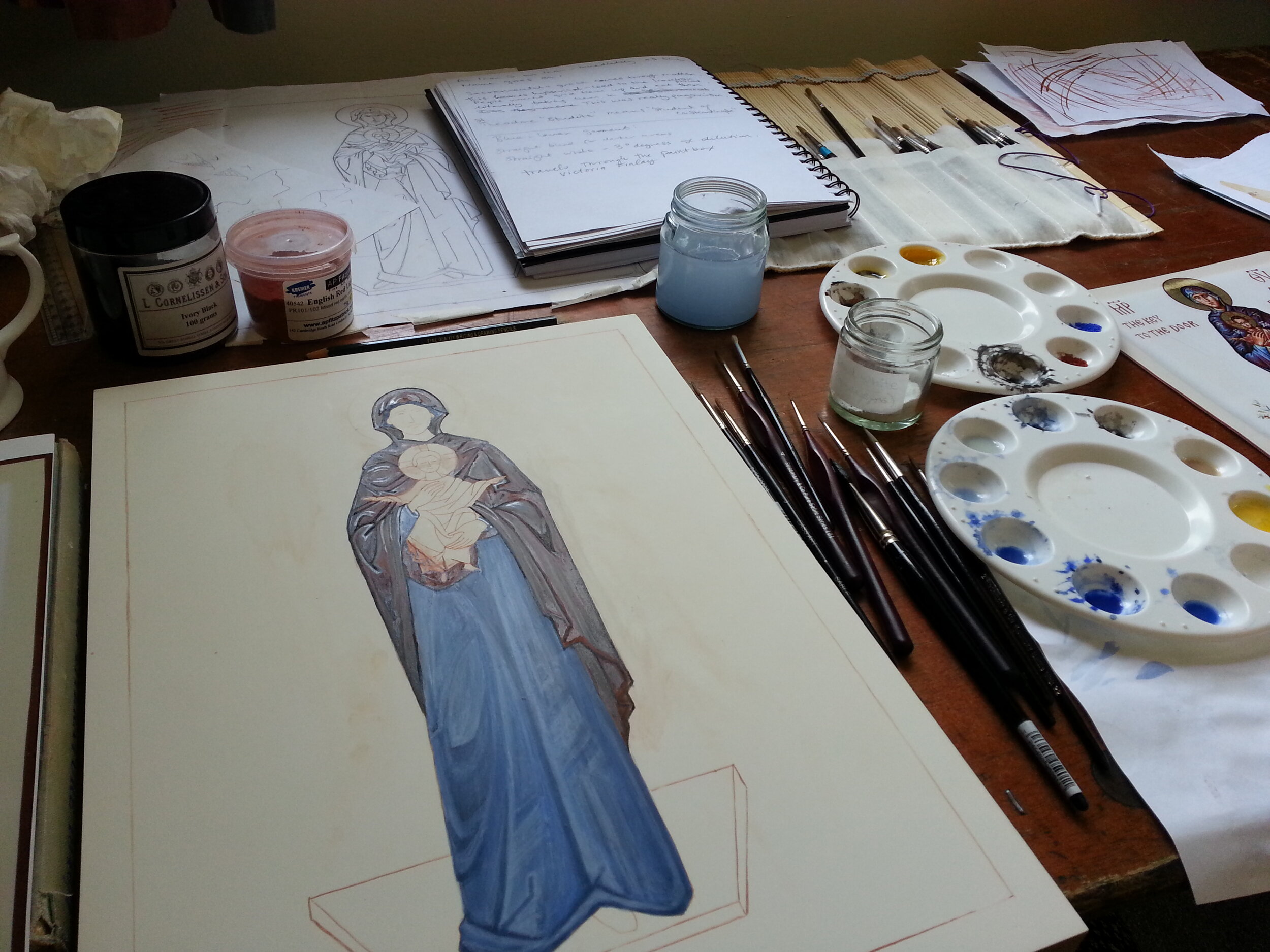The city of Pistoia was considered to be a centre of excellence for the production of embroidery in Italy from the 17th to 20th centuries. The roots of the city with embroidery were due to the activity of convents, enclosed orders and later female educational institutes, which enabled the practice to develop. This was for both ecclesiastical purposes and secular luxury. Particularly successful was the art of “Whitework” (in bianco) due to the demand for household linens and lingerie. They developed unique and intricate stitches such as Ravelled thread (Sfilati), Antique stitch (Punto antico), Tuscan stitch (Punto toscano and the Punto Casalguidi). In recent years the embroiderers of the Association of Italian Housewives (MOICA), Pistoia have invented a new stitch called “Punto Pistoia”.
In the traditional trousseau of every young bride contained household linens (for the bedroom, bathroom and dining room) as well as the bride’s own personal trousseau, which was divided into clothing and lingerie.
The museum had a collection of tools, bobbins, spindles, reels, thimbles, scissors, pattern books and samplers.
A second room was dedicated to church vestments, spectacularly embroidered items belonging to the Cathedral and other churches in the diocese of Pistoia. Rare materials were used such as coloured silks, gold and silver thread, demonstrating the high level of ability reached by the convents of Pistoia where most of the work was produced. One of the most impressive items on display was an altar frontal in coloured silk with the Virgin Mary, made for the church of Santa Maria delle Grazie in 1601.
In the same building was the Diocesian Museum Palazzo Rospigliosi. A palace built for Pope Clement IX (the 238th Supreme Pontiff) in 1667, Giulio Rospigliosi.
The collection contains the Pope’s own chasuble, stole, maniple, crosier, Buskins and Pontifical shoes…. and not to mention, the Papal ring!
There was a reconstruction of the altar used and codified at the Council of Trent (1545-63) which shows the direction and layout of the altar and the Priest facing the altar with his back to the people.




















